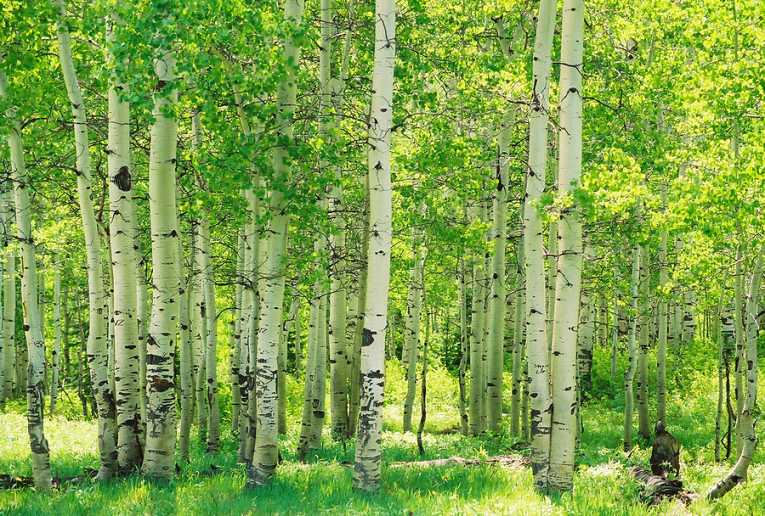Forests make great habitats supporting a diverse range of wildlife, fauna and flora, but that's only one part of the role they play in helping the environment. They also act as CO2 sponges, soaking up to 2.4 billion tonnes of greenhouse gases annually - almost a third of all CO2 released through the burning of fossil fuels each year. Now, research shows that by managing forests as carbon sinks, forests can be even more effective in reducing greenhouse gases.
A team from Ohio State University looked at forests in the Midwest of the US and found that as older trees died, they were replaced with new, more diverse, species and these younger trees had the ability to store more carbon. One of the lead investigators, Peter Curtis said:
"There's a conventional theory that aging forests, for a variety of reasons, store less carbon over time. We contend that that may be true in certain systems that are less species rich. But in our forests in the Midwest, the tree species we end up with are much different from what we started with."
"As forests age, they get rejuvenated with younger individuals of different species - a more complex and diverse community will be replacing the old guard. They may even outdo the boomer generation and be more productive."
The researchers found that the canopy provided by the younger trees was more effective at absorbing light and releasing oxygen through photosynthesis. The older trees, mostly aspens that thrived after a period of deforestation at the beginning of the 1900s did not fare so well, since aspens do not grow well in shade. As they got older, their capability as carbon sinks diminished.
However, the aspens were replaced by other longer-lived species, such as oak, maple, beech and pine that performed better. The team found that by killing off the older aspens to make way for new species, the rejuvenated forests could offset as much as two-thirds of the CO2 emissions from local populations in the region.
In addition, Curtis suggested that a more diverse selection of species is able to adapt better to new environmental conditions in the future:
"Even with fewer leaves, the leaf area was better distributed. As soon as you take away these aspen, you get a lot more nitrogen and more light and other species react to that very quickly."
Since the Kyoto Protocol, the concept of using forests as heat sinks has gained increased acceptance and this research shows that forests can play a crucial role in offsetting greenhouse gas emissions in future, if managed correctly.
Top Image Credit: Bright green aspen trees © dgphotography










